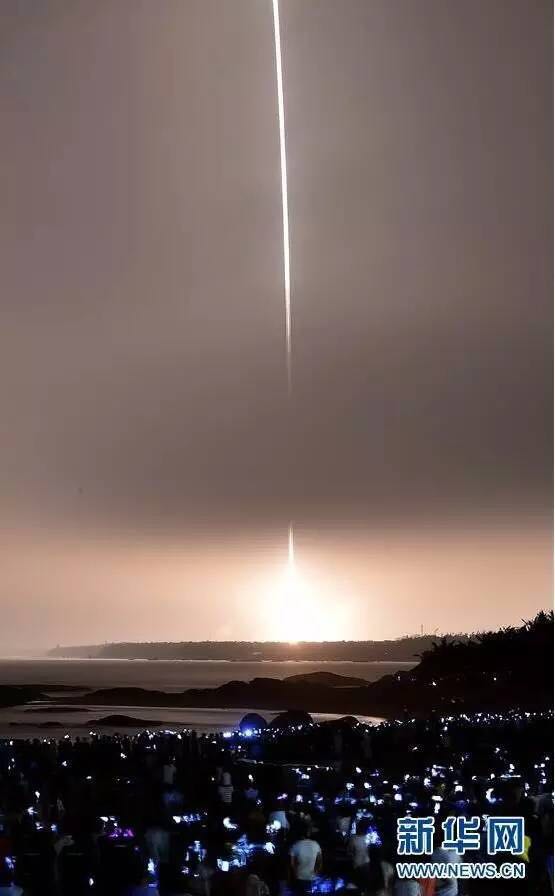

China's first cargo spacecraft Tianzhou-1 was successfully launched into space at 7:51 pm on April 20 from the Wenchang Space Launch Center in South China's Hainan province, another major step towards the country's space station era.
The Technology and Engineering Center for Space Utilization under the Chinese Academy of Sciences (CAS) led the development of the space application system for China's manned space projects. The center took charge of the planning and implementation of manned space projects' science and utilization tasks, as well as the promotion of research findings.
In particular, it was responsible for organization and management of research in engineering, system design, integration, testing and reliability verification, in-orbit technological support, payload operation control and management, data acquisition and promotion of research findings and other supportive services.
Some of CAS's affiliated research institutes, including the Institute of Zoology, the Shanghai Institute of Technical Physics and the Institute of Mechanics developed the payloads of relevant scientific experiments and undertook related research work.

Tianzhou-1 was lifted into space atop a Long March 7 carrier rocket at 7:41 pm on April 20 from the Wenchang Space Launch Center in Hainan province. Just under ten minutes later, the spacecraft separated from the rocket and entered its preset orbit, signaling that the launch was successful. [Photo/ Xinhua]
Source: Voice of CAS, official WeChat account of CAS